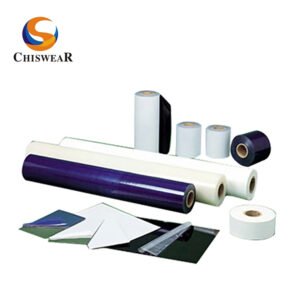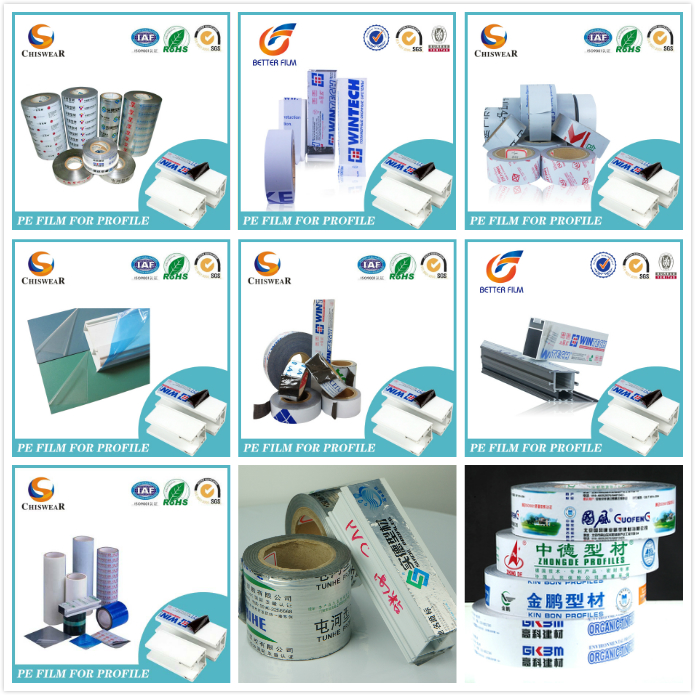Table of Contents
- Overview of Production Process
- Packaging Methods
- Analysis of Technical Difficulties
- Discussion on Usage Issues
- Conclusion
- References
Meta Description
Learn about the production, packaging technology, and issues of PE static electricity films. Learn how these films protect sensitive products from ESD, dust, and moisture with robust solutions.
Body
Static electricity films or anti-static films have a huge role to play when it comes to protecting the products that are at high risk of electrostatic discharge (ESD). These films mitigate the risk of accumulation of static charge and hence help avoid hazardous incidents.
For example,
- industries dealing with volatile, inflammable products are at risk of hazards caused by the accumulation of static charge, which can cause sparks.
- Similarly, electronic products like circuit boards and microchips house intricate, sensitive components. They can get damaged due to electric discharge and hence need protection.
- In addition to avoiding ESD, the main purpose of these films is to provide protection against dust and moisture that these surfaces are prone to.
- Moreover, PE static electricity films protect the surfaces against scratches, impact, and damage during production, assembly, transportation, and installation.
Let us have a thorough look at the production process of these films, their packaging methods, and the challenges they face during and after production.

Overview of Production Process
Here is an overview of the various steps involved in the production of PE electrostatic films.
Selection of Raw Materials:
The selection criteria of PE resins depends on the intended use of the films. For example, Low-Density Polyethylene (LDPE) and Linear Low-density Polyethylene (LLDPE) are mostly preferred. Here, the additives have a huge importance as they ensure the presence of required traits in the final film. For example, amines and ammonium salts are used to give the film its anti-electrostatic properties. These additives ensure that the films are capable of avoiding the static charge build-up.
Co-Extrusion Blowing Technology
In this step, various layers of PE resins are melted and extruded. These resins have different traits. For example, some are added for more durability, others for their flexibility, and some for their anti-static traits. These are then blown into a bubble using a circular die, and the extent to which the mixture is blown decides the final thickness of the film.
Corona Treatment
The PE static electricity films naturally have very low surface energy. This in turn means low adhesion capabilities and that can also affect printability as well. Corona treatment involves the application of high-voltage to increase the surface energy of the film. It improves the film’s adhesion and the inks can stick well to the surface.
Cooling and Rewinding
This process involves slow cooling of the film. As the bubble solidifies, it is collapsed and flattened and pulled through the rollers to ensure uniform thickness and strength. Then the PE film is rewound into large rolls. The film is then slit into the required size as demanded by the customers.
Packaging Methods

The packaging process of the PE static electricity films revolves around ensuring usability, retaining integrity, and maintaining the anti-static abilities of the film. Here is a quick overview of the entire packaging process and specifications:
- The films are packaged in roll forms. This ensures easy handling, transportation, and ease of use. The roll-form packaging also helps avoid static charge build-up and retains the integrity of films.
- The core is made either with reinforced cardboard or plastic, helping provide the required strength. The inner diameter of the core is usually 3 inches up to 6 inches varying according to the film’s thickness and width. The thickness of the core is kept at 3 to 5 mm to resist bending.
- Although the size of the roll depends solely on the customer’s requirement and according to the intended use, generally it is between 20 inches to 78 inches wide, and 500 meters to 2000 meters long. Moreover, depending on the durability requirements, the thickness of the film may vary from 30 microns to 150 microns.
Analysis of Technical Difficulties
The production of PE static electricity films involves encountering various technical issues. Most of these are related to managing static electricity. Besides, the issues like low surface energy, contamination, and wrinkling are other major obstacles. Let us have a look at the most pressing issues and their solutions.
- Due to static charge, the film tends to cling to the machinery or to itself. This can result in wrinkles and difficult handling. To avoid self-clinging, ionizing bars are used during production to neutralize the charge.
- The charge on the surface of films attracts dust and other contaminants in the air. This can negatively impact the appearance and cling capability of the film. This is especially important if the film is to be used for food products. Maintaining a cleanroom environment and using conductive additives in the raw material can help lower the contamination.
- The curling of edges and wrinkling of the film caused by uneven charge across the film surface is another common problem. It is resolved using appropriate tension during extrusion and cooling process and by using certain additives to reduce the charge.
Discussion on Usage Issues
Poor peelability and insecure compounding are among the most commonly faced problems during the usage of PE static films.
- Poor peelability might result from uneven thickness of the films or due to insufficient or too much adhesive. Moreover, inappropriate and incompatible adhesive applications can also cause it. Using appropriate coating processes like gravure can ensure uniform application of adhesive. Similarly, pressure-sensitive adhesives can reduce this problem to a great extent.
- Insecure compounding may result from insufficient bonding between the layers of films during extrusion. It results in the peeling and separation of payers during usage. Moreover, not using a surface treatment technique like plasma treatment and corona treatment can also be a reason for the peeling of layers. Using surface treatment techniques increases surface energy and causes proper bonding. Moreover, using a tie layer during extrusion helps combine the incompatible layers together, reducing the peeling of layers.
Conclusion
In short, PE static electricity films have a pivotal role in protecting the prdoucts that are prone to electrostatic discharge. These films help mitigate the risk of ESD while at the same time, acting as a barrier against contaminants and scratches. However, producing PE static electricity films is not free of challenges. These films undergo problems like wrinkling due to static charge, uneven adhesion, dust accumulation and many other issues. The article outlines the entire production process of PE static electricity films and how the challenges are met during different phases to ensure high quality, efficient films from selecting the right raw material to appropriate packaging techniques.
References
- https://www.techtarget.com/whatis/definition/electrostatic-discharge-ESD
- https://chidecor.com/product-category/pe-composite-film/
- https://en.wikipedia.org/wiki/Low-density_polyethylene
- https://en.wikipedia.org/wiki/Linear_low-density_polyethylene
- https://chidecor.com/product-category/protective-film/









